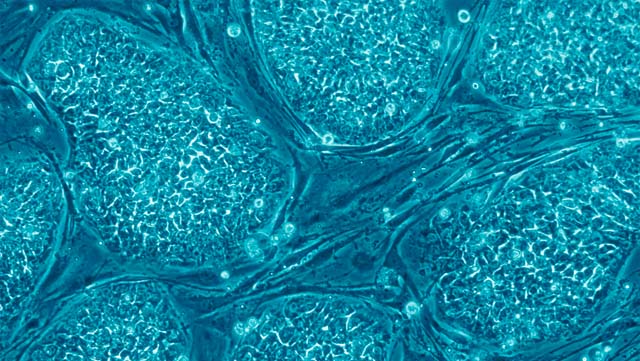Of course it was an awful time for people suffering from awful incurable diseases too. They were worried that cures involving ES cells would not come in time for them unless research was done in a big way here in the U.S.
In swooped Proposition 71 to save the day. It provided 3 billion dollars of funding for ES cell research here in California. At a minimum it provided stopgap funding to keep ES cell research alive and well here in the U.S. until President Obama re-opened the spigots again in 2009.
Even if this is all Proposition 71 accomplished, I would argue it was worth it. Eventual cures using these cells are 5-6 years closer than they would be without the money spent by California voters. This is a big deal to patients suffering from all those life threatening diseases we always hear about.
Unfortunately this probably isn’t what Californians voted for. If media reports from then and now are to be believed, they expected cures not basic research. They wanted the paralyzed to walk, Alzheimer’s patients to remember and Michael J. Fox to return to being Alex P. Keaton or Marty McFly.
These were unrealistic expectations then and they still are today. There was no way something as new and complex as ES cells was going to generate a cure in just a few years or even a decade. (Of course one thing is certain, without research ES cells would never cure anything.)
I can remember back in 2004 thinking proponents were overselling this proposition. I spoke with a lot of scientists at the time and they all agreed. But what I don’t remember and am having trouble reconstructing is who did the overselling.
Ads like this one don’t seem to overpromise, they just talk about what we might be able to get out of ES cell research:
Whatever the reason for these inflated expectations, scientists everywhere are going to have to deal with the fallout of a disappointed voting public. They are going to either have to come up with cures fast (unlikely at least with ES cells) or explain why expectations have not been met. And this isn’t just a concern for stem cell researchers.
This has the potential to impact lots of science research as unfulfilled promises causes an increasingly skeptical public to become more so. Scientists will need to show that they did not overhype this or explain why they oversold it in the first place. Neither sounds too enticing.
More Information:
California's stem cell agency ponders its future
California stem cell research: Were voters duped?
California Institute for Regenerative Medicine (CIRM)
Geron both pulls out of the first clinical trial of embryonic stem cells and the entire research area

